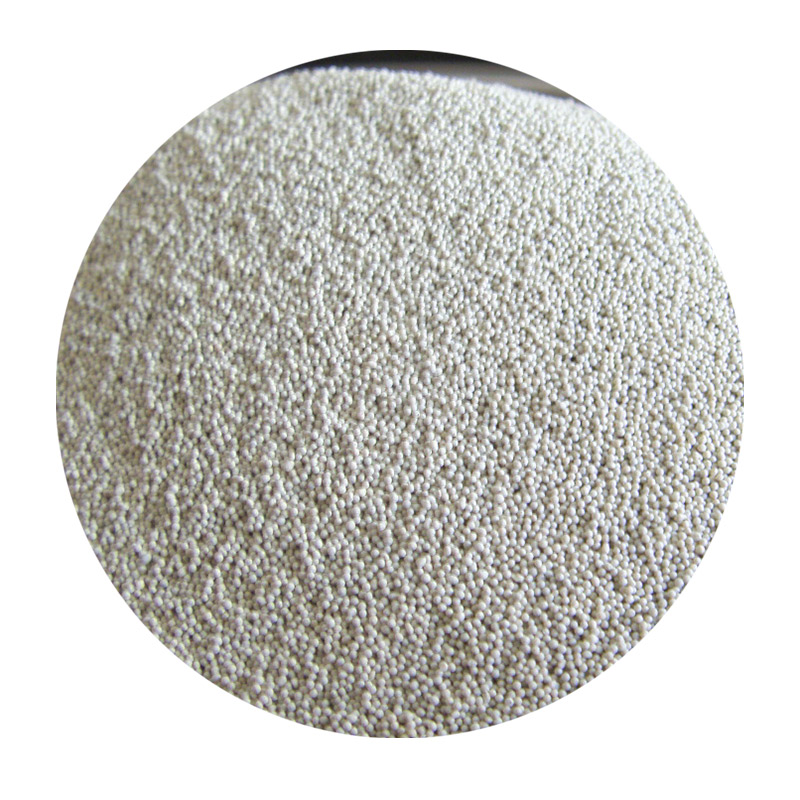Sand Casting Technique An Overview
Sand casting is one of the oldest and most versatile metal casting techniques. It involves creating a mold from sand to shape molten metal that will solidify into a specific form. This method is widely used in various industries, from automotive and aerospace to art and jewelry making. Its popularity is attributed to its cost-effectiveness, flexibility, and ability to produce complex shapes with relative ease.
The Sand Casting Process
The sand casting process consists of several stages pattern making, mold preparation, pouring, and finishing
. Each of these stages plays a crucial role in determining the quality and precision of the final product.1. Pattern Making A pattern is a replica of the object to be cast, typically made from materials such as wood, metal, or plastic. The pattern is created with a slight allowance for shrinkage that occurs when the metal cools and solidifies. Patterns can be either single-use or reusable, depending on the production volume and the complexity of the design.
2. Mold Preparation To create the mold, sand is mixed with a bonding agent—commonly clay—and water to give it stability. The mixture is packed around the pattern to create a mold cavity. Once the sand is adequately compacted, the pattern is removed, leaving a hollow space that mirrors the shape of the desired object.
3. Pouring After the mold is prepared, it is placed in a furnace where the selected metal is heated until it reaches a molten state. The molten metal is then poured into the mold cavity through an opening called a pouring basin. Care must be taken during this process to ensure that no impurities or gas pockets enter the mold, as these can weaken the final product.
4. Cooling and Finishing Once the metal has been poured, it is allowed to cool and solidify. The cooling time will vary depending on the size and thickness of the casting. After the metal has hardened, the sand mold is broken away, revealing the cast metal object. Finishing processes such as grinding, sanding, or machining are then employed to remove any surface imperfections and achieve the desired dimensions and surface quality.
sand casting technique

Advantages of Sand Casting
There are several advantages to using the sand casting technique. Firstly, it is cost-effective for low to medium production volumes, as the materials and equipment required are relatively inexpensive compared to other casting methods. Secondly, sand casting can be used for a wide range of metals, including ferrous and non-ferrous alloys. This versatility expands its applications across different industries.
Another significant benefit is the ability to produce complex shapes and sizes. The flexibility of using sand as a mold allows for intricate designs that might be challenging to achieve through other casting methods. Additionally, sand molds have good thermal conductivity, which aids in the metal solidification process.
Challenges and Innovations
Despite its advantages, sand casting does come with challenges. One of the primary issues is the surface finish quality. Casts made through this method often require additional machining to meet specific tolerances, which can increase production time and costs. In addition, the process can produce sand waste that must be managed and recycled.
To address these challenges, innovations in sand casting technology have emerged. The use of 3D printing to create patterns and molds is becoming increasingly popular, allowing for rapid prototyping and customization while minimizing material waste. Furthermore, advancements in molding materials and techniques have enhanced the surface finish and overall quality of cast products.
Conclusion
In conclusion, sand casting remains a fundamental technique in the metalworking industry, favored for its cost-effectiveness, versatility, and ability to produce complex shapes. As technology continues to evolve, so do the methods and materials used in sand casting, promising even greater refinement and efficiency for future applications. Whether for industrial manufacturing or artistic endeavors, sand casting is a testament to the ingenuity and adaptability of traditional techniques in modern production.
Post time:નવેમ્બર . 12, 2024 04:06
Next:sanding 3d print
